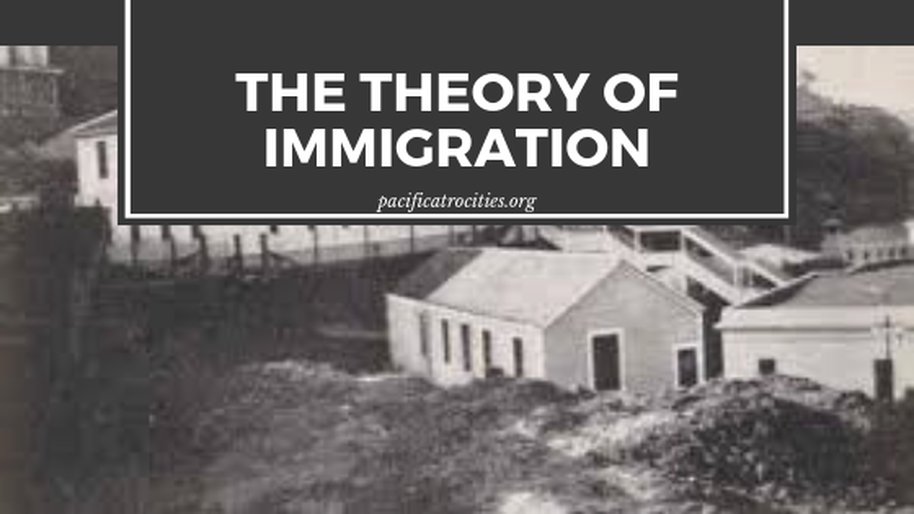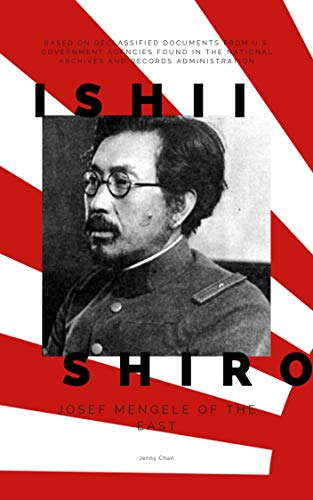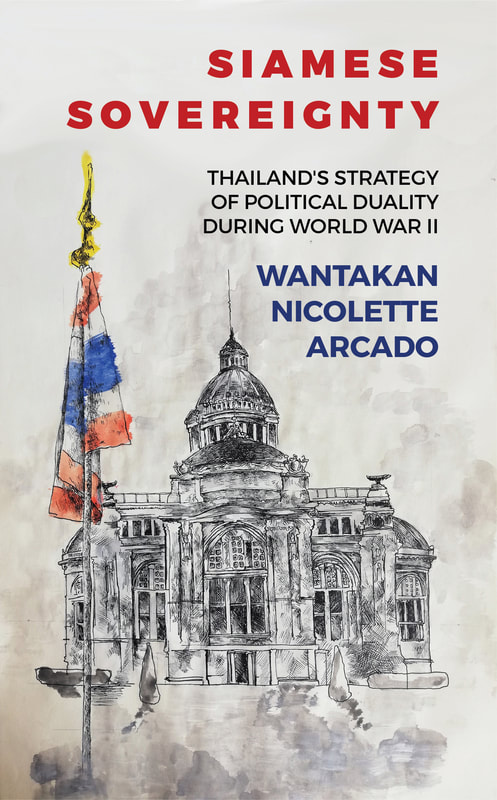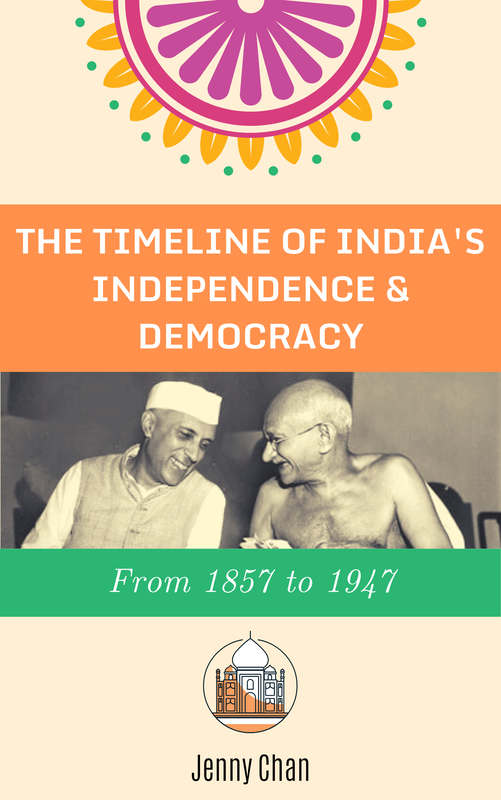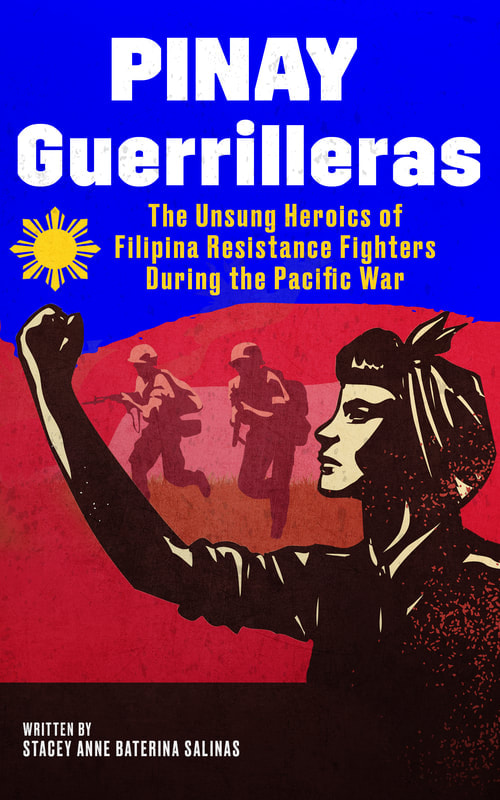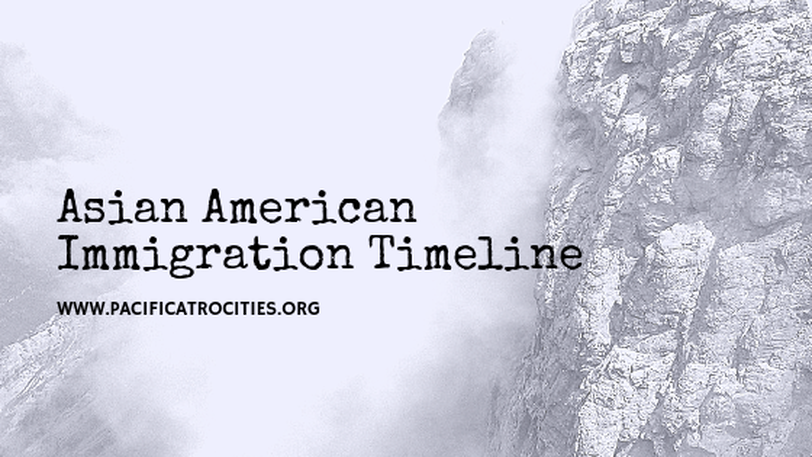|
by Yesenia Olmos
When speaking on immigration it is important to differentiate the experiences of all peoples. American Social Studies curriculum for example, only presents the topic of immigration as a ‘unified or monolithic experience.’ These different spectrums of experiences are not taught in schools and therefore some believe in the idea of, “Freedom For All”.
(continued) Yes, this experience may have been the case for many European immigrants, however, Asian, Latino, African immigrants, and even Native Americans experience were anything but the “American Dream”. To some, the ‘Statue of Liberty’ represented entrance to “Mother Liberty” aka The United States, a place of refuge and freedom. However, the harsh reality is, “minority” groups would never see ‘The Statue of Liberty’. With to the point words such as ‘Indians’, ‘Orientals’, ‘Hispanics’, and ‘Other’, America tried to assimilate the groups into something otherwise known as the “Melting Pot”. This assimilation was more geared towards European immigrant groups traveling and arriving at Ellis Island (1892-1954) in New York, where Mother Liberty greeted them. Angel Island (1910-1940) however, would be made in accordance with the law that had been passed in The United States. The Chinese Exclusion Act of 1882 would be in place, this would be the first immigration law to exclude people based on their race. The Act would be renewed in 1902 and repealed in 1945. Chinese immigrants would be held at Angel Island, in San Francisco as detainees for up to two years. Angel Island was built on the principle of exclusion rather than the entrance. Left behind on Angel Island are the vast amount of poems written by Chinese immigrants left behind describing their sorrow, despair, and hope. Chinese immigrants crossing through Angel Island, for example, would sometimes be sent back to their country without first being registered. Asians, Latinos, Blacks, and Natives would become the minority groups in the country, those who would be hard to blend in the melting pot.
There is a notion that immigration takes place on the basis of the push-pull theory. The push being war, for example, and the pull being jobs and an economic boom, but ultimately hope for a better life. Although this also may be the case for some, there does not always have to be a pull factor hovering over the push. Also, this is a very stagnant approach, one that does not analyze the problems of all immigrants, and rather criticizes the countries from which immigrants come from. Especially when discussing the history of immigration is it important to realize that in this area one must take a multiple perspective approach. Despite the Chinese being very much racialized in this US during this time, they would be the first asian country to immigrate into the US. The Chinese would pave the way for many other Asian countries to do the same. This was not the easiest path to clear, but it would be made possible. The Chinese created a new American culture, one that did not assimilate but rather created radical communities, also known as Chinatowns. Many are unaware that at first Chinatowns were created to exclude the Chinese from the American culture, deeming them “a danger to the good order of American culture.” Just like the Jewish ghettos in Germany the US also created ghettos against the Chinese. The exclusion of these details in US history books is troubling. The amount of first generations students not being taught their history is not something new, but it is something that needs to change. The growth to rely less and less on immigrant problems is a continuing disregard for history. Since 1965 there has been mass immigration from Asian countries into the US, totaling only from China at least nine million people. However, this was not always the case, and this is why immigration, as theory, should be taught contemporarily, historically, and methodologically. Chinese, like African Americans and Native Americans, were marked inferior by law in the US. Take for example Tape v Hurley (1885) which was a civil rights court decision that said: “Chinese children must receive public education.” The first school would open in San Francisco. Still, however, there would be slurs spit everywhere saying, “The Chinese must go”, and “no place for a chinaman.” America was built off the labor of the working class, the immigrant, the conquest of stolen land, racialized laws, masculinity, war, and so much more. In America, the first asian immigrants would come from China. Many of the Chinese within their first years of living in the US would be lynched, expelled, segregated, and massacred, and yet Chinatowns are everywhere. Chinatowns first began as ghettos, they were places in which the US segregated the Chinese and later more Asians, and Asian-Americans. Chinatowns were looked down upon and they lived in constant fear of being removed or banished. Today, chinatowns have become touristic, and for this reason, many are aware of the history behind these establishments or the grueling facts. Immigration is certainly more than a push pull theory. It requires one to first question ‘why does integrational migration take place?”. One must take into account the individual, the society, the country, and the migration history of their ancestors. Also, we must remember that we all come from Africa. There were a place and time in which our ancestors immigrated to an unknown territory. Immigration is a very broad topic, and it can be very Eurocentric. The topic of Pangea does not come up. All immigration stories are valuable because they are a part of everyone's history. Experiences differ, the vast difference between Angel Island and Ellis Island, for example, is proof. Two immigration stories with two very different sides. Although immigration may seem like a problem to some, history shows us that America was built on the slave labor and production of immigrants. There are so many problems that need to be solved in order to help the race move forward. Earth itself is not stagnant so it is impossible to think humans would be. There is a duality in everything that we do, one thing needs the other. So when we fail to include other stories there is disruption. Let us change the way we see each other and register our surroundings. Our knowledge of everyone's culture is important because it all relates back to us somehow. Cultural tolerance is key. References
Related BooksRelated Articles
4 Comments
1..We have started all India medical tourism service for foriegn nationals NRI s NRI parents and Indian people.We can arrange online medical consultations and worldclass treatment accordingly as well for patients worldwide We are offering all medical services to Indian people ,NRI s, FORIEGN NATIONALES and parents of NRIs staying all across India at their doorstep including all logistic support like point to point pick up drop for pre scheduled medical consultation and for both planned and emergency hospitalization in best of the hospitals for medical treatment or surgical procedures through our medical helpline www.upchar.in -We have tie ups with all leading corporate hospitals pan India so as we can arrange ambulance services, hospital beds, periodic medical check up packages in world class healthcare group s hospitals in any Indian city.We arrange immediate appointments of any desired doctor pan India on urgent basis .In addition we can offer ayurvedic herbal rehab therapies in fulfleged and authentic Ayurveda panch-karma treatment centres wherein modern medical or surgical treatment is not possible.we have a team of qualified yoga teachers as well for yoga training.Main purpose of our helpline is to simplify and offer easy and suitable and best possible medical treatment options at very reasonable costs for all without compromising on quality. we arrange medical awareness seminars as well for educating people medically.
Reply
Muhmmad ayaz
5/3/2024 01:44:09 pm
0)966543836824
Reply
Leave a Reply. |
- Home
- Stories
-
Internship
- Summer 2024 Internship
- Summer 2023 Internship
- Fall 2022 Internship
- Summer 2022 Internship
- Summer 2021 Internship
- Fall 2020- Spring 2021 Internship
- Summer 2020 Internship
- Fall 2019 Internship
- Summer 2019 Internship >
- School Year 2018-2019 Internship
- Summer 2018 Internship >
- Fall 2017 Internship
- Summer 2017 Internship >
- Books
- Archives
-
Resource Page
-
Supplementary Research Guides
>
- Unit 731 - Guide >
-
Philippines' Resistance - Guide
>
- Philippines World War II Timeline
- The Japanese Invasion & Conquest of the Philippines
- Bataan Death March
- Formation of Underground Philippines Resistance
- Supplies of the Guerrilla Fighters
- The Hukbalahap
- Hunter's ROTC
- Marking's Guerrillas
- United States Army Forces in the Philippines of Northern Luzon (USAFIP-NL)
- The Aetas
- Chinese and Filipino-Chinese Nationalist Guerrilla Units
- The Female Faces of the Philippine Guerrillas
- Rising Sun Flag - Guide >
- Pinay Guerrilleras - Guide >
- Fall of Singapore - Guide >
- Three Years and Eight Months - Guide >
- Siamese Sovereignty - Guide >
- The Khabarovsk War Crimes Trial - Guide >
- Unit 731 Cover-up : The Operation Paperclip of the East - Guide >
- Marutas of Unit 731 - Guide >
- Prince Konoe Memoir - Guide >
- Competing Empires in Burma - Guide >
- Battle of Shanghai - Guide >
- Ishi Shiro - Guide >
- Taiwan The Israel of the East - Guide >
- Seeking Justice for Biological Warfare Victims of Unit 731 - Guide >
- Rice and Revolution - Guide >
- Clash of Empires - Guide >
-
Hunger for Power and Self-SufficiencyI - Guide
>
- The Influence of War Rations on Post-War Culinary Transformations
- How World War II Complicated Food Scarcity and Invention
- American Military Innovations
- Government-Sponsored Food Inventions in Europe during World War II
- Feeding the Army: The Adaptation of Japanese Military Cuisine and Its Impact on the Philippines
- Mixed Dishes: Culinary Innovations Driven by Necessity and Food Scarcity
-
Denial A Quick Look of History of Comfort Women and Present Days’ Complication - Guide
>
- The Comfort Women System and the Fight for Recognition
- The Role of Activism and International Pressure
- The Controversy over Japanese History Textbooks
- The Sonyŏsang Statue and the Symbolism of Public Memorials
- Activism and Support from Japanese Citizens
- The Future of Comfort Women Memorials and Education
- Echoes of Empire: The Power of Japanese Propaganda - Guide >
- Lesson Plans >
-
Supplementary Research Guides
>
|
Pacific Atrocities Education
730 Commercial Street San Francisco, CA 94108 415-988-9889 |
Copyright © 2021 Pacific Atrocities Education.
We are a registered 501 (c)(3) charity. |
- Home
- Stories
-
Internship
- Summer 2024 Internship
- Summer 2023 Internship
- Fall 2022 Internship
- Summer 2022 Internship
- Summer 2021 Internship
- Fall 2020- Spring 2021 Internship
- Summer 2020 Internship
- Fall 2019 Internship
- Summer 2019 Internship >
- School Year 2018-2019 Internship
- Summer 2018 Internship >
- Fall 2017 Internship
- Summer 2017 Internship >
- Books
- Archives
-
Resource Page
-
Supplementary Research Guides
>
- Unit 731 - Guide >
-
Philippines' Resistance - Guide
>
- Philippines World War II Timeline
- The Japanese Invasion & Conquest of the Philippines
- Bataan Death March
- Formation of Underground Philippines Resistance
- Supplies of the Guerrilla Fighters
- The Hukbalahap
- Hunter's ROTC
- Marking's Guerrillas
- United States Army Forces in the Philippines of Northern Luzon (USAFIP-NL)
- The Aetas
- Chinese and Filipino-Chinese Nationalist Guerrilla Units
- The Female Faces of the Philippine Guerrillas
- Rising Sun Flag - Guide >
- Pinay Guerrilleras - Guide >
- Fall of Singapore - Guide >
- Three Years and Eight Months - Guide >
- Siamese Sovereignty - Guide >
- The Khabarovsk War Crimes Trial - Guide >
- Unit 731 Cover-up : The Operation Paperclip of the East - Guide >
- Marutas of Unit 731 - Guide >
- Prince Konoe Memoir - Guide >
- Competing Empires in Burma - Guide >
- Battle of Shanghai - Guide >
- Ishi Shiro - Guide >
- Taiwan The Israel of the East - Guide >
- Seeking Justice for Biological Warfare Victims of Unit 731 - Guide >
- Rice and Revolution - Guide >
- Clash of Empires - Guide >
-
Hunger for Power and Self-SufficiencyI - Guide
>
- The Influence of War Rations on Post-War Culinary Transformations
- How World War II Complicated Food Scarcity and Invention
- American Military Innovations
- Government-Sponsored Food Inventions in Europe during World War II
- Feeding the Army: The Adaptation of Japanese Military Cuisine and Its Impact on the Philippines
- Mixed Dishes: Culinary Innovations Driven by Necessity and Food Scarcity
-
Denial A Quick Look of History of Comfort Women and Present Days’ Complication - Guide
>
- The Comfort Women System and the Fight for Recognition
- The Role of Activism and International Pressure
- The Controversy over Japanese History Textbooks
- The Sonyŏsang Statue and the Symbolism of Public Memorials
- Activism and Support from Japanese Citizens
- The Future of Comfort Women Memorials and Education
- Echoes of Empire: The Power of Japanese Propaganda - Guide >
- Lesson Plans >
-
Supplementary Research Guides
>
